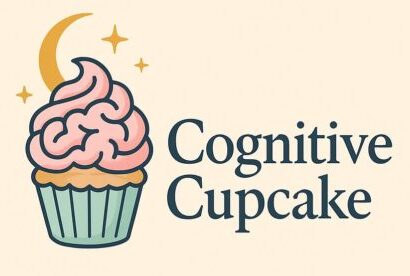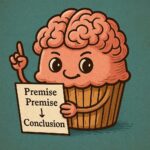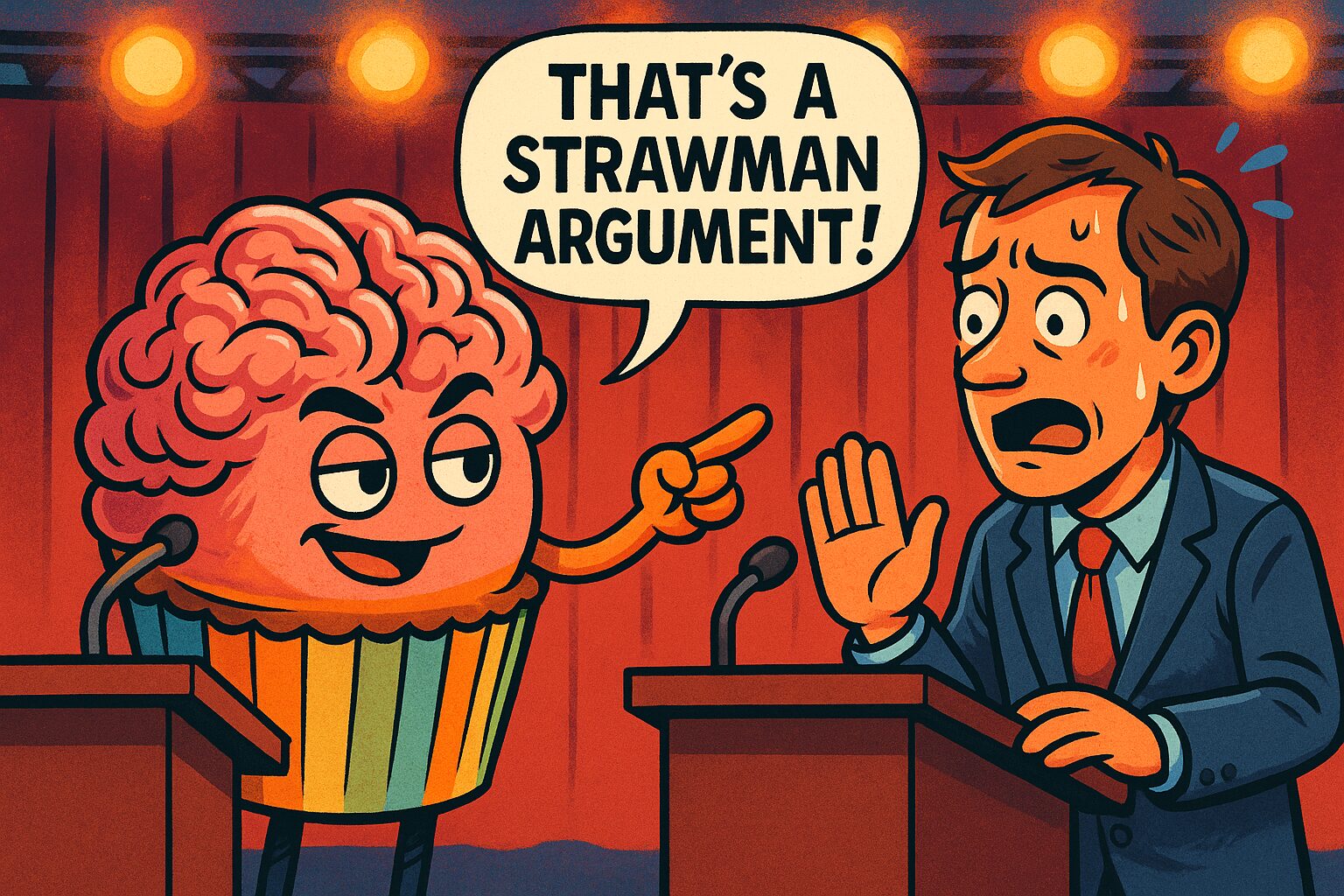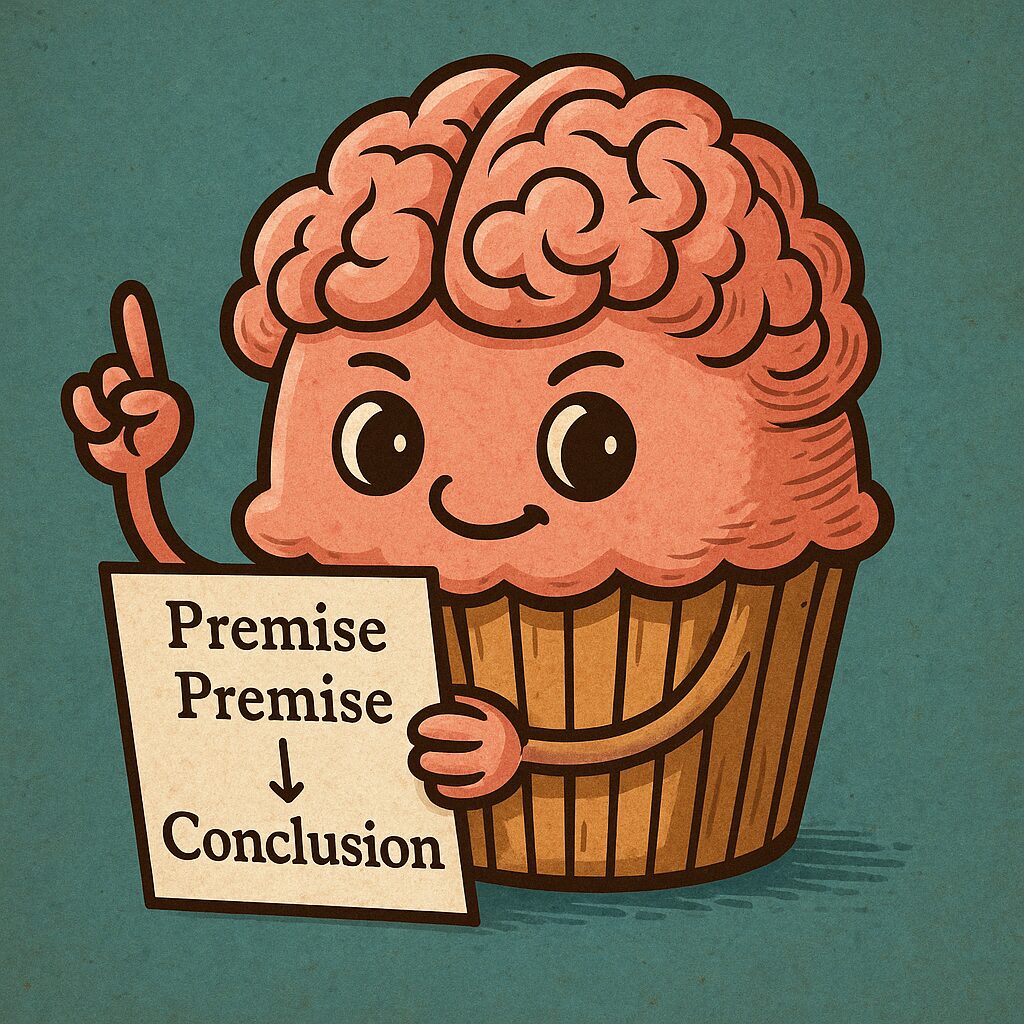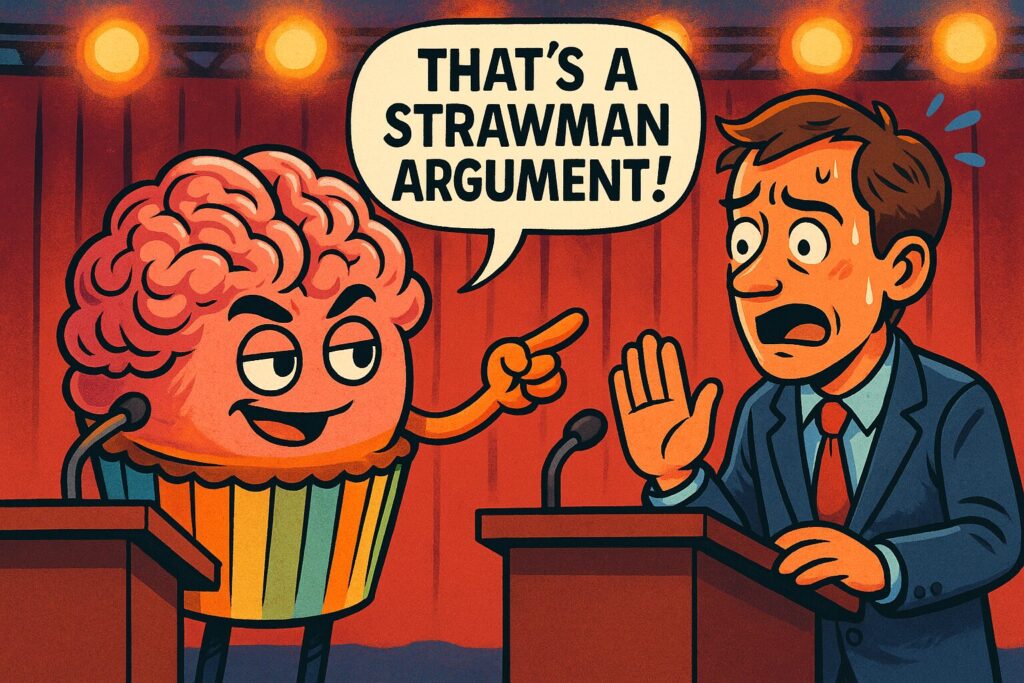
Picture this: You’re deep in debate over whether pineapple belongs on pizza. Your opponent suddenly shouts, “You just hate it because your favorite philosopher is Kant, and he was German!” Something feels off—but what?
Welcome to the delightful world of logical fallacies, those sneaky errors in reasoning that can derail arguments, deceive the unsuspecting, and sound a whole lot more convincing than they actually are.
🎯 What Is a Logical Fallacy?
A logical fallacy is like mold in your cupcake batter. You might not notice it at first, but once it’s baked in, the whole thing is ruined.
Formally, a fallacy is an error in reasoning that renders an argument invalid or unsound. There are two main kinds:
- Formal fallacies: Flaws in the logical structure.
- Informal fallacies: Flaws due to content, relevance, or assumptions.
🧠 Classic Logical Fallacies (with Cupcake-Approved Examples)
1. Ad Hominem (To the Person)
Instead of attacking the argument, the speaker attacks the arguer.
“Don’t listen to Rob’s take on cupcakes—he once ate six in one sitting.” 👎
2. Strawman
Misrepresenting an opponent’s argument to make it easier to attack.
A: “We should regulate sugar in schools.”
B: “Oh, so you want to ban all desserts for children?” 👎
3. False Dilemma (Either/Or Fallacy)
Limiting options to two extremes.
“You’re either for brain-frosted cupcakes or you hate dessert entirely.” 👎
4. Circular Reasoning (Begging the Question)
The conclusion is smuggled into the premises.
“Cupcakes are the best dessert because no dessert is better than cupcakes.” 👎
5. Post Hoc Ergo Propter Hoc (False Cause)
Assuming correlation equals causation.
“Ever since I started eating cupcakes, my logic has improved.” 👎
6. Appeal to Authority
Relying on authority rather than evidence.
“My cousin’s roommate’s professor said cupcake metaphors are always logically valid.” 👎
🍰 Why Do Fallacies Matter?
Fallacies can feel persuasive. They often sound like solid reasoning, especially in heated conversations. But once you learn to spot them, you’ll never be able to unsee them.
Critical thinking means recognizing when the reasoning is off, even if the conclusion might still be true. Logic is the oven. Without it, your argument is just raw dough.
🧁 Final Thought: Don’t Be a Fallacy Flinger
Falling into fallacies doesn’t make you foolish—it makes you human. But learning how to spot and avoid them is part of becoming a sharper thinker.
So next time someone says, “If you don’t agree with me, you hate cupcakes,” you’ll know exactly how to respond: “That’s a false dilemma. And also, how dare you question my cupcake loyalty.”
📚 Scholarly Sources
- Copi, I. M., Cohen, C., & McMahon, K. (2016). Introduction to Logic. Routledge.
- Walton, D. (2008). Informal Logic: A Pragmatic Approach. Cambridge University Press.
- Damer, T. E. (2012). Attacking Faulty Reasoning. Cengage Learning.
Disclaimer: This article was generated with the help of artificial intelligence and lovingly frosted with satire.
